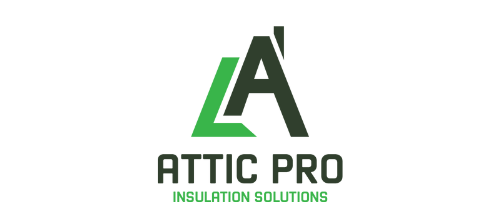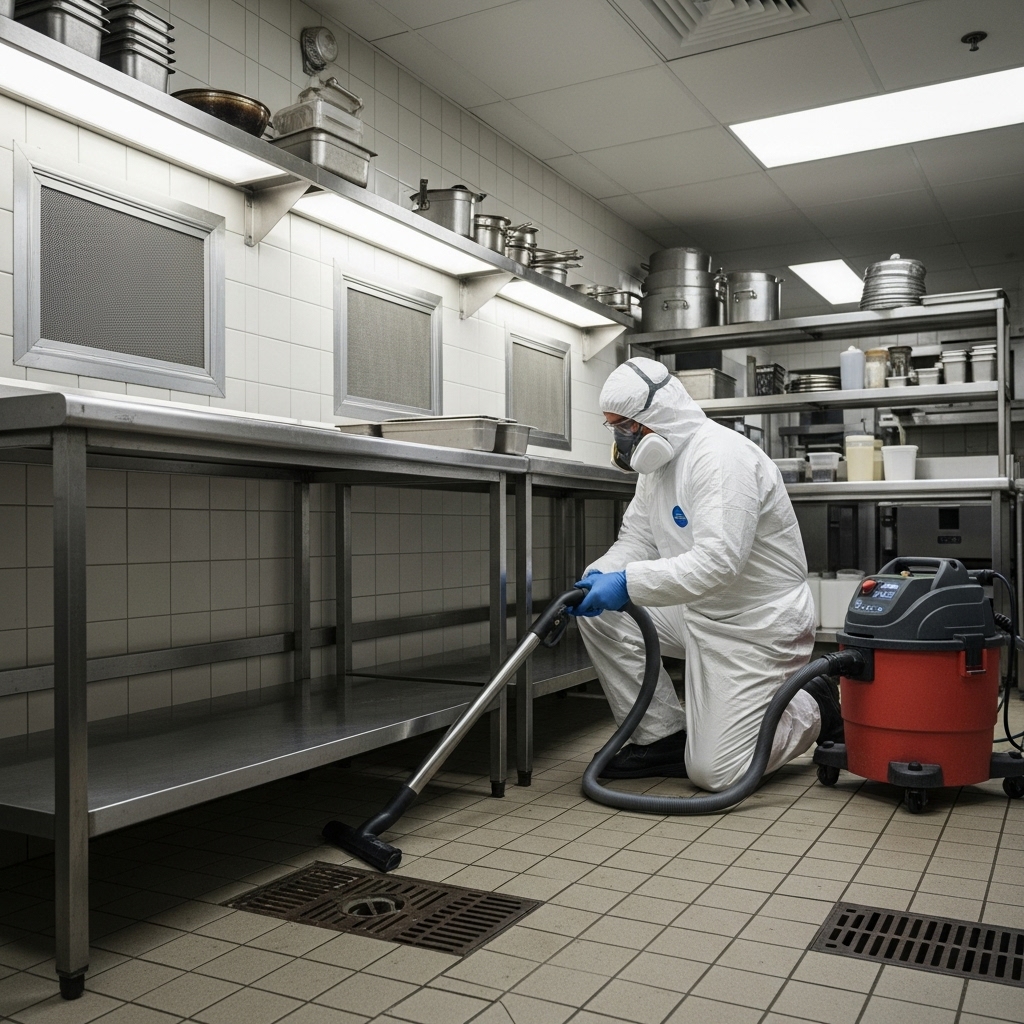Restaurants in Los Angeles, California operate under high expectations for cleanliness and public health. Among the most critical responsibilities is maintaining strict rodent sanitation standards. Rodents can contaminate food-contact surfaces, damage inventory, and undermine customer trust. Beyond basic cleaning, effective sanitation is part of a comprehensive food safety system that includes exclusion, monitoring, staff training, and documentation. In a bustling culinary scene with diverse cuisines and building types—from historic storefronts to modern mixed-use spaces—adhering to rigorous protocols protects guests and staff while supporting smooth inspections. For many operators, partnering with a team experienced in commercial rodent sanitation helps align daily practices with long-term prevention.
Rodent sanitation in restaurants is not a one-time event. It is a set of ongoing procedures designed to remove contamination, limit attractants, and support compliance with local health expectations. When executed consistently, these procedures reduce risk, improve audit readiness, and safeguard brand reputation. This guide outlines practical requirements and best practices tailored to the unique conditions of Los Angeles food service operations.
Build a Sanitation Program That Supports Compliance
A robust program integrates daily, weekly, and monthly tasks with clear accountability. It identifies high-risk zones—food storage, prep lines, dish areas, waste stations, and exterior perimeters—and defines how each space is cleaned, monitored, and secured against pests. Written procedures make expectations clear and help new staff follow the same standards from day one.
- Daily Tasks: Clean spills immediately, sweep and mop hard-to-reach areas, sanitize prep surfaces, and empty waste bins before close.
- Weekly Tasks: Detail clean under and behind equipment, remove debris from floor drains, and check seals on doors and pass-throughs.
- Monthly Tasks: Inspect storage areas, rotate inventory, deep clean ceilings and vents, and examine exterior waste enclosures.
Assign responsibilities by role—line cooks, dish team, managers—and maintain a log that records completion. Logs serve as valuable documentation during inspections and internal audits.
Focus on Exclusion and Structural Integrity
Even the best cleaning cannot compensate for an unsecured building envelope. Rodents exploit gaps around doors, conduits, and utility penetrations. In Los Angeles, older buildings often include aging seals and complex utility runs that support kitchen equipment. Regular building checks—especially after renovations or equipment changes—ensure that seals remain intact.
- Door Sweeps: Confirm tight contact with floors, especially at receiving doors.
- Gaskets and Seals: Inspect around walk-ins, pass-through windows, and service hatches.
- Utility Penetrations: Seal conduit entries, plumbing penetrations, and hood chase openings.
- Vents and Louvers: Ensure screens are intact and properly secured.
Work with your pest management provider to map entry risks and prioritize remediation. Aligning structural integrity with sanitation reduces rodent pressure inside the restaurant.
Waste Management: A Primary Attractant
Waste handling is a central pillar of rodent sanitation. Food scraps, used packaging, and soiled linens all contribute to odors and attract pests. In dense Los Angeles neighborhoods, exterior dumpsters and shared waste areas can become hotspots.
- Interior Bins: Use liners, keep lids closed, and empty frequently—especially during peak shifts.
- Exterior Dumpsters: Close lids, keep enclosures clean, and schedule regular pickups to prevent overflow.
- Grease Management: Maintain grease traps and storage containers; spills should be cleaned immediately.
- Cardboard and Recyclables: Break down boxes nightly; store off the floor and away from doorways.
Document waste routines and set reminders for high-traffic days. Staff consistency is key to eliminating attractants.
Storage and Inventory Controls
Rodents seek accessible food and hidden harborage. Effective storage protocols minimize both. Elevate ingredients and disposables, use sealed containers, and rotate inventory to prevent long-term accumulation. Clearly label and date items, and avoid placing goods directly against walls, which makes monitoring difficult.
- Shelving: Maintain six inches of clearance from floors and space from walls.
- Containers: Use durable, lidded containers for grains, flour, sugar, and pet-related items if applicable.
- FIFO: First-in, first-out rotation reduces long-term storage that can attract pests.
- Daily Checks: Verify that lids are secured and that no signs of gnawing or droppings are present.
Consistent storage practices simplify inspections and support a cleaner, safer kitchen.
Cleaning the Hard-to-Reach Places
Rodent evidence often accumulates under appliances, behind prep tables, in mop closets, and beneath shelving. These zones require intentional attention on a rotating schedule. Create a map of equipment and assign deep-clean tasks, ensuring nothing is overlooked.
- Under Equipment: Pull out units regularly to remove food debris and sanitize floors and walls.
- Drains: Clean floor drains and catch basins to reduce odors and food residue.
- Ceilings and Vents: Dust and grease can trap odors and debris that attract pests.
- Storage Rooms: Keep items off the floor and maintain uncluttered aisles.
Deep cleaning reinforces daily maintenance and gives you early visibility into any emerging pest issues.
Monitoring and Documentation
Regular monitoring detects issues before they escalate. Use a combination of traps, visual inspections, and logbooks to track trends. Train staff to report droppings, gnaw marks, or unusual odors immediately to a manager. Documenting sightings, responses, and corrections demonstrates diligence and helps your pest management provider tailor interventions.
In busy Los Angeles restaurants, rapid staffing changes are common. Documentation ensures continuity and protects institutional knowledge across shifts and seasons.
Partnering With Professionals
Professional sanitation and pest management teams bring specialized tools, HEPA filtration, and proven protocols to remove contamination safely and thoroughly. They also advise on structural vulnerabilities and staff routines that support long-term control. If your restaurant is in a historic building or a complex mixed-use property, lean on expert guidance to balance efficiency with preservation of finishes and fixtures.
Responding to Activity: A Practical Protocol
When signs of rodents appear, respond with a defined protocol that prioritizes safety and business continuity.
- Secure Food: Cover and store any exposed ingredients.
- Isolate Affected Areas: Limit movement through contaminated zones to prevent spread.
- Contact Your Provider: Coordinate inspection, sanitation, and any necessary exclusion work.
- Deep Clean: Remove droppings and contamination with professional methods; avoid standard vacuums that can aerosolize particles.
- Verify and Document: Confirm completion, record actions taken, and update your logs.
Swift, organized response helps you maintain standards and minimize disruption.
Staff Training and Culture
Training turns policy into practice. Ensure every team member understands how to store food, handle waste, and report early signs. Reinforce that sanitation is everyone’s responsibility—not just the closing crew’s. Celebrate clean inspections and provide feedback when improvements are needed. A strong culture reduces risk and enhances guest confidence.
Frequently Asked Questions
How often should deep sanitation occur? Establish a schedule that complements daily and weekly tasks. High-volume restaurants may need more frequent deep cleans, especially under equipment and in storage areas.
Can we stay open during sanitation? Many tasks can be completed outside peak hours or in sections to minimize disruption. Coordinate with your provider to plan the sequence and timing.
What if odors persist after cleaning? Persistent odors suggest deeper contamination or porous materials that need additional attention. Discuss targeted treatments and ventilation strategies with your provider.
How do we prevent re-entry after sanitation? Combine structural exclusion, sealed storage, and strict waste routines. Regular inspections keep you ahead of developing issues.
What should be documented? Keep logs of cleaning schedules, pest sightings, corrective actions, and communication with your provider. Documentation supports consistency and audit readiness.
Bringing It All Together
Restaurant rodent sanitation in Los Angeles depends on consistent routines, vigilant monitoring, and strong partnerships. By aligning structure, storage, cleaning, and documentation, you build a resilient system that supports compliance and guest safety. When activity does occur, a swift, documented response protects your operation and reinforces standards.
Strengthen Your Restaurant’s Defense Today
If your team is ready to elevate standards, schedule an expert assessment focused on inspection, deep sanitation, and long-term prevention. A partner experienced in commercial rodent sanitation can help tailor protocols to your kitchen layout, staffing patterns, and building type. Take the next step now to protect your guests, your staff, and your reputation.

